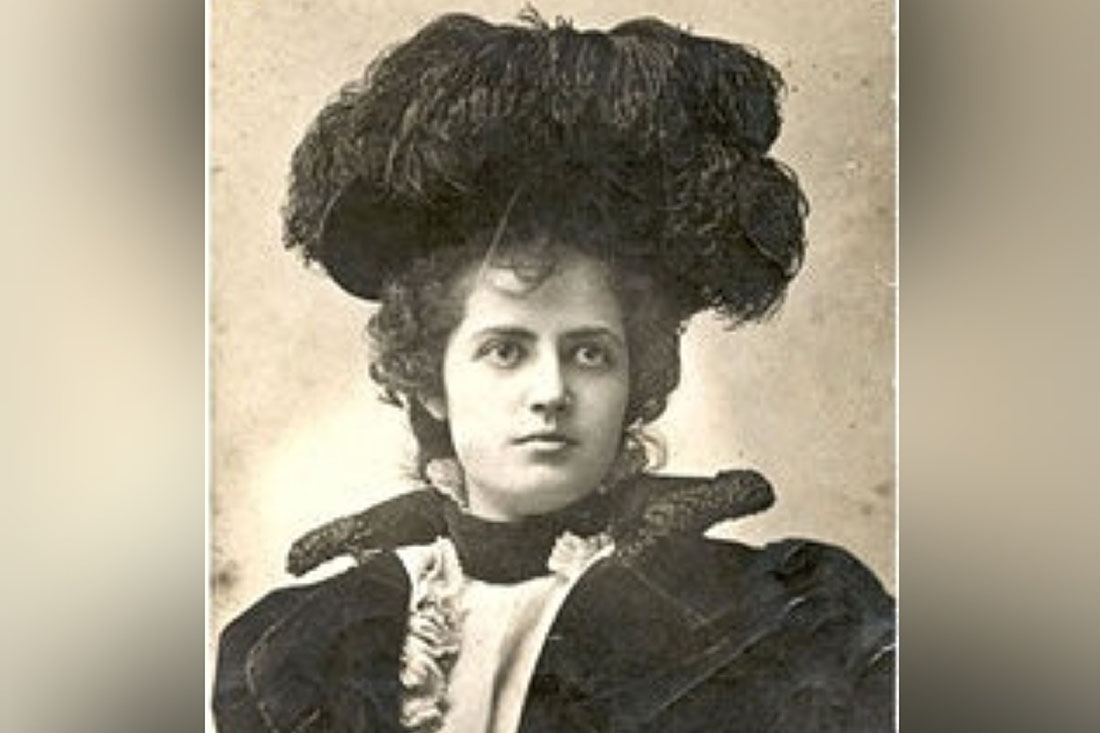As if it were a fictional story, it was the rescue of Evangelina Cossío Cisneros from Camagüey at the Casa de Recogidas. This action was part of an advertising strategy that sought US intervention in the Cuban-Spanish war. Her arrival at said institution is the product of her inclusion and leading role in an event that sought the uprising on the Isle of Pines, where she lived together with her father, Agustín Cossío Serrano, and sister Carmen, due to the consequences of his independence activities.
The plan consisted of assaulting the barracks, taking the weapons stored there, seizing a boat to reach the southern coast of the province of Pinar del Río and joining Antonio Maceo’s troops.
Specifically, the objective was to attract Colonel José Bérriz, nephew of General Azcárraga (Weyler’s personal friend) to Evangelina’s house for a supposed love encounter; because on several occasions he had expressed those intentions violently.
Exactly, upon entering the house he would be arrested; while the rest of the rebels attacked the Nueva Gerona cavalry barracks and forced the garrison to surrender with the threat of killing their military chief.
However, it did not go as planned. Despite having fallen into the trap, the bulk of the rebel men collide with a Spanish patrol.
They are immediately immersed in a firefight that causes the death of several of them and the persecution of the rest.
Although the young woman remained hidden for a time, she was arrested along with her sister and transferred to the Real Casa de Recogidas San Juan Nepomuceno in Havana, a despicable women’s prison. She was held incommunicada for months while she awaited trial by order of the Governor of the Island, Valeriano Weyler.
A Random Thanks
As chance would have it, correspondents George Eugene Bryson, George Clarke Musgrave and Thomas G. Alvord Jr. of the New York Journal, who were visiting the correctional facility to interview an American, noticed her for her youth and beauty and began to inquire about her person.
Once the information became known to Mr. William Randolph Hearst, owner of one of the most important newspaper chains in the United States at that time, the story would be manipulated and used as an instrument to spread hatred towards Spain.
The campaign created around her situation made the northern nation mobilize in her defense, creating a Pro-Evangelina committee, headed by the First Lady and joined by other world personalities such as Pope Leo XIII, Queen Victoria, who supported and requested for ransom and freedom from Queen María Cristina and the Spanish government.
The rescue
International pressure made Weyler announce the imminent trial and expel Bryson from the island, who was replaced by the skillful journalist Karl Decker, who arrived in Havana with the sole mission of freeing her. With a false passport under the name Charles Duval, he entered the country in 1897.
In this purpose, among others, the consul in Havana, Colonel Lee, the Irishman Tom Mallory, the Cubans Miguel Hernandón, Francisco Debeche and the Cuban-American banker Carlos F. Carbonell were involved. This is how on the night of October 6th, 1897, the young woman was able to escape from the ordeal.
Hidden for three days at the home of her future husband, Mr. Carbonell, she is taken out of the country dressed as a man under the name of Juan Sola, aboard the American steamer Seneca.
A grand entrance
She had an overwhelming reception. She was accommodated in the most luxurious suite of the newly opened hotel in the city, the Waldorf Astoria. She was given splendid receptions, she participated in numerous publicity events organized by the New York Journal, and presented at Madison Square Garden. In Washington she was received at the White House by President Mr. William MacKinley and members of Congress.
The manipulation of Evangelina’s story, as well as the creation of a character around her figure, contributed to increasing hatred towards Spain and the need to “support the Cuban libertarian cause.”
However, another piece of news would soon flood the pages of the newspapers in the Anglo country, the explosion of the battleship Maine, with which the true intentions of that government would be shown.
Bibliography
Evangelina de las Mercedes Cossío Cisneros. https://isladelajuventud-cuba.com/wp-content/uploads/2017/02/logoc.jpg.
Lamotte, Mayra. Hazaña con sangre. Victoria. Diario Digital de la Isla de la Juventud, 23 de julio del 2020.
Translated by: Aileen Álvarez García






